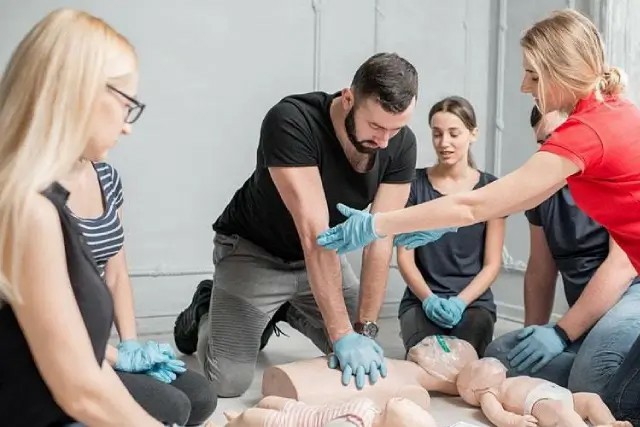


 349,500 Offered Certificates
349,500 Offered Certificates
 24/7 Online Training
24/7 Online Training
 Money Back Guarantee
Money Back Guarantee
 Fully Accredited Courses
Fully Accredited Courses

Created at: 25-02-2025 16:02
In the fast-paced world of business, ensuring the safety and well-being of your employees is a top priority. First Aid training and CPR certification are not just optional enhancements to your workplace safety protocols; they are crucial components for emergency preparedness. This blog post delves into the benefits and importance of engaging in comprehensive First Aid training, providing insights on how it protects employees while ensuring compliance with health regulations.
Many workplaces face hazards that can lead to injuries, from slips and falls to more severe accidents. Implementing First Aid training equips employees with the knowledge and skills needed to respond effectively in emergencies. Here are some key benefits:
Engaging in a well-structured First Aid course ensures that employees are familiar with vital skills:
Cardiopulmonary Resuscitation (CPR) is a fundamental life-saving skill every employee should be trained in. Knowing when and how to perform CPR can make the difference between life and death in a critical situation. Training often covers:
Many industries have specific regulations mandating First Aid training and certification. Compliance with workplace health and safety laws not only protects employees but also shields the business from legal risks and fines. Companies that invest in adherence to these regulations often see:
Certification in First Aid and CPR is more than just a badge; it signifies commitment to safety. Here’s how both businesses and their employees benefit:
During emergencies, clear procedures save lives. Training covers step-by-step guidelines for common incidents, such as:
When selecting a First Aid course, businesses can choose between online or in-person training. Both formats have unique advantages:
It's crucial to evaluate both options to see which fits your team's needs and learning styles best.
Your business deserves a safe working environment, and investing in First Aid & CPR training is a proactive step towards achieving that goal. Enroll your team in a certified First Aid & CPR training course today and equip them with the skills needed to handle emergencies with confidence. For inquiries, contact us at [email protected].